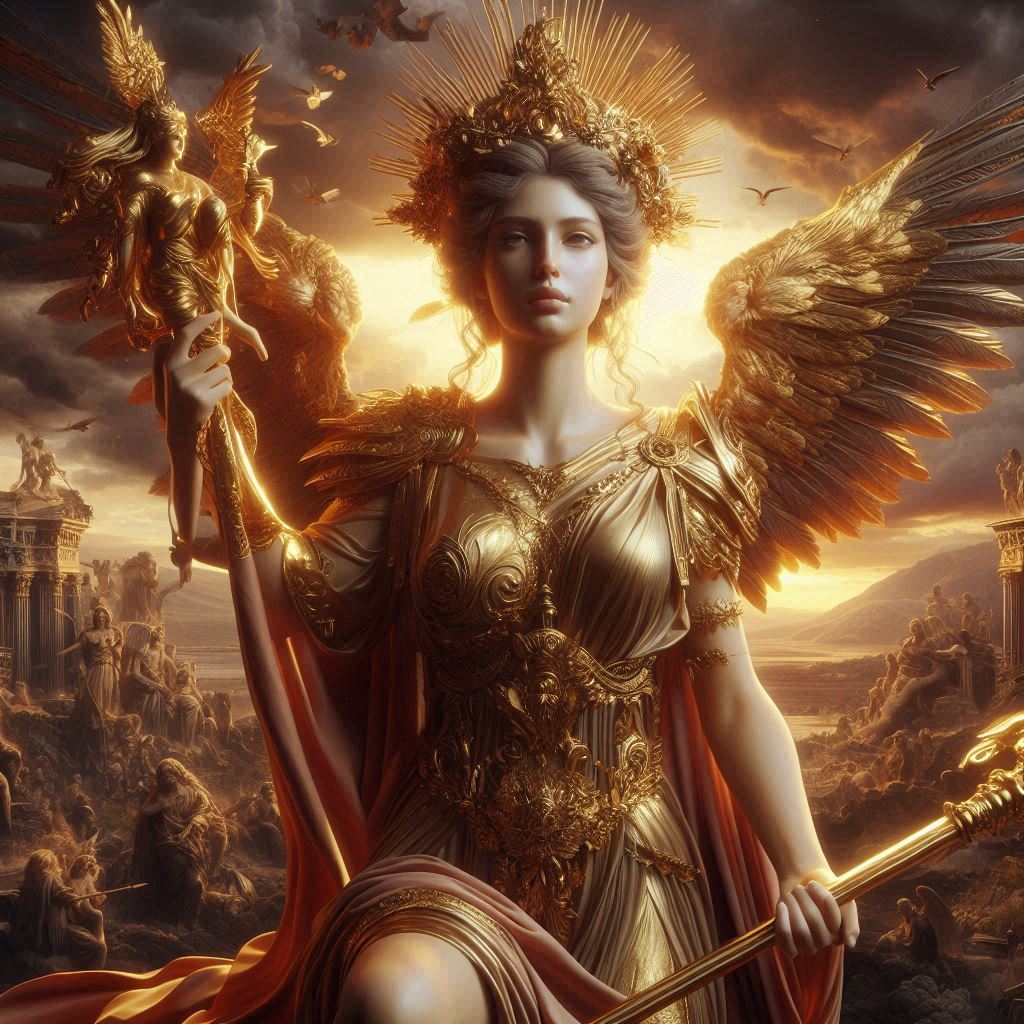Table of Contents
What Genre in Literature Is Manga?
Manga is a unique and multifaceted genre in literature that defies simple classification. Rooted in Japanese culture, manga encompasses a wide variety of themes, styles, and audiences, making it a literary and artistic medium rather than a single, narrowly defined genre. This essay will explore what manga is, its diverse genres and themes, its artistic and cultural significance, and its place within the broader literary tradition.

Defining Manga
Manga refers to Japanese comic books or graphic novels that are typically serialized in magazines before being compiled into standalone volumes. The term “manga” itself translates roughly to “whimsical pictures,” highlighting its blend of visual artistry and narrative storytelling. However, manga is not merely a format—it is a cultural phenomenon that has evolved to include a wide array of genres, styles, and readerships.
Manga can be distinguished from Western comics by its unique visual language, which often includes exaggerated facial expressions, dynamic panel layouts, and symbolic imagery to convey emotions and actions. Additionally, manga frequently employs serialized storytelling, allowing for the development of complex plots and deep characterizations over time.
Manga as a Medium of Genres
Rather than a single genre, manga is a medium that accommodates numerous genres, much like literature or film. These genres cater to diverse audiences and interests, ranging from romance and adventure to horror and science fiction. Some of the major manga genres include:
- Shōnen (少年): Targeted primarily at young male readers, shōnen manga often features action, adventure, and themes of friendship, perseverance, and self-improvement. Examples include Naruto and One Piece.
- Shōjo (少女): Aimed at young female readers, shōjo manga typically explores romance, personal relationships, and emotional growth. Fruits Basket and Sailor Moon are notable examples.
- Seinen (青年): Designed for adult men, seinen manga often delves into more mature and complex themes, including psychological drama, politics, and existential questions. Examples include Berserk and Monster.
- Josei (女性): Catering to adult women, josei manga focuses on realistic portrayals of romance, career challenges, and life experiences. Titles like Nana and Honey and Clover exemplify this genre.
- Kodomo (子供): Created for young children, kodomo manga is often lighthearted and educational, featuring characters and stories that appeal to a younger demographic. Popular series include Doraemon and Pokémon Adventures.
- Specialized Genres: Manga also includes niche genres such as yaoi (romantic relationships between male characters), yuri (romantic relationships between female characters), and isekai (characters transported to another world).
Manga’s Artistic and Narrative Characteristics
Manga’s distinctive art style is one of its defining features. Artists use black-and-white illustrations with intricate details to create vivid worlds and memorable characters. The use of screen tones, dynamic action lines, and creative panel layouts allows manga to convey emotions and movement in ways that textual literature cannot.
Narratively, manga often employs episodic storytelling, with each chapter contributing to a larger, overarching plot. This serialization fosters a deep connection between readers and the story, as they follow characters’ journeys over months or even years. Additionally, manga frequently blends visual and textual storytelling, enabling it to explore themes and emotions in a multifaceted manner.
Manga as Literature
Although manga is often categorized as “graphic literature” or “comics,” it holds a significant place within the literary tradition. Like novels and poetry, manga explores universal themes such as love, identity, conflict, and morality. It often serves as a mirror to society, reflecting cultural norms, social issues, and historical events. For example, Osamu Tezuka’s Buddha explores spiritual and philosophical themes, while Naoki Urasawa’s 20th Century Boys examines nostalgia, friendship, and the impact of past actions.
Cultural and Global Impact
Manga has transcended its Japanese origins to become a global phenomenon. Its influence can be seen in other media, such as anime, film, and video games, as well as in the rise of graphic novels and webcomics in the West. Furthermore, manga’s accessibility and relatability have allowed it to resonate with readers of all ages and backgrounds.
The global popularity of manga has also led to increased recognition of its literary value. Scholars and critics now analyze manga in academic settings, exploring its narrative structures, cultural significance, and artistic innovations. This growing acceptance highlights manga’s role as both entertainment and a legitimate form of literature.
Conclusion
Manga is not merely a genre but a rich and versatile medium that encompasses a multitude of genres, styles, and themes. Its unique combination of visual art and storytelling, coupled with its ability to resonate with diverse audiences, has cemented its place as a significant and enduring part of global literature. Whether through the heart-pounding adventures of shōnen, the emotional depth of shōjo, or the philosophical musings of seinen, manga continues to captivate readers and challenge the boundaries of what literature can achieve.


No responses yet